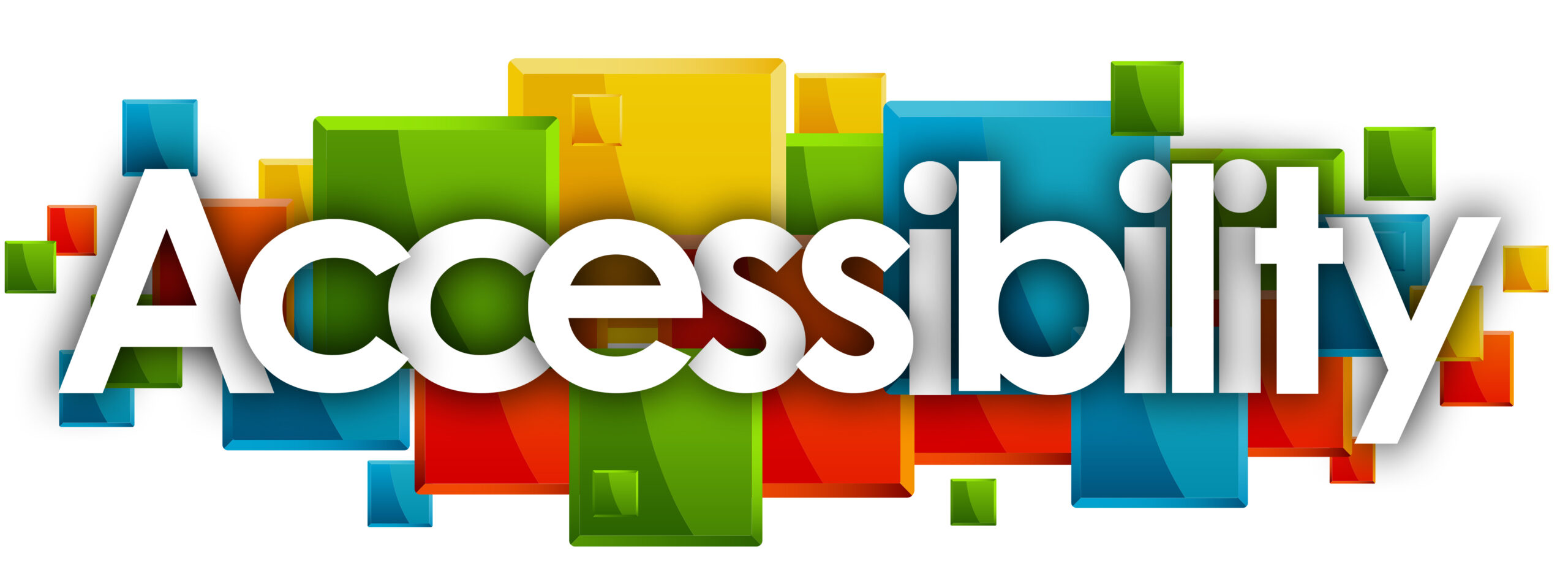*This article is an English translation of a Japanese article.
The User Agent Accessibility Guidelines (UAAG) provide guidance to ensure that user agents, such as web browsers and media players, support accessibility. UAAG specifies the roles and features that user agents should implement to make web content more accessible to visually impaired users and others with disabilities. This article outlines the purpose and importance of UAAG, as well as key points for its implementation.
1. Purpose of UAAG
The primary purpose of UAAG is to offer guidelines for user agents to enhance the accessibility of web content. This includes providing features that improve the usability and readability of web content for users who rely on assistive technologies like screen readers and magnifiers.
Specific objectives include:
- Providing Accessible Navigation: Ensuring that users can easily navigate and interact with web content.
- Customizable Content: Allowing users to adjust the display and interaction methods to suit their individual needs.
- Compatibility with Assistive Technologies: Enabling seamless integration between user agents and assistive technologies such as screen readers and voice input systems.
2. Structure of UAAG
UAAG is structured around two major components: principles and guidelines.
2.1 Principles
UAAG is built on four key principles:
- Perceivable: Information and UI components must be presented in ways that users can perceive.
- Operable: All user interface elements must be operable by all users.
- Understandable: Information and the operation of the interface must be understandable to all users.
- Robust: Content must be robust enough to work with current and future assistive technologies.
2.2 Guidelines
The guidelines in UAAG provide detailed instructions on how user agents should behave to make web content easier to interact with, especially for users who rely on assistive technologies or customized settings.
3. Key Features of UAAG 2.0
UAAG version 2.0 reflects advancements in web technologies and assistive devices. Key features include:
-
Interoperability with Assistive Technologies: User agents must work smoothly with assistive technologies such as screen readers and voice control software, providing a consistent user experience.
-
Customizable User Interface: Users must be able to adjust settings like font size and color contrast to improve readability and usability. This customization is especially important for users with visual or cognitive limitations.
-
Enhanced Keyboard Navigation: Accessible user agents must allow full navigation and control using only the keyboard. Users should be able to navigate the entire site using the tab key or keyboard shortcuts without needing a mouse.
-
Accessible Media Controls: For media content, user agents must ensure that playback controls (play, pause, stop) are accessible and that subtitles or audio descriptions are available when needed.
4. Importance of UAAG
UAAG is essential for ensuring that the web is accessible to everyone. Accessible user agents are important for the following reasons:
-
Meeting the Needs of Diverse Users: As the number of elderly individuals and people with disabilities increases, the need for accessible web environments becomes more urgent. By following UAAG, developers can address the needs of these users.
-
Legal and Ethical Considerations: In many countries, web accessibility is a legal requirement. By adhering to UAAG, companies and organizations can mitigate legal risks and fulfill their social responsibility.
-
Business Expansion: Accessible websites and applications can reach a broader audience, potentially increasing business opportunities and customer satisfaction.
5. Advice for Implementing UAAG
To comply with UAAG, the following steps are recommended:
-
Work with Accessibility Experts: Collaborating with experts in accessibility and gathering feedback from real users will lead to more effective improvements.
-
Ongoing Testing and Evaluation: Regular accessibility testing and assessment of compliance with UAAG will ensure continuous improvement.
-
Engage Users of Assistive Technologies: Collecting feedback directly from users who rely on assistive technologies will help identify real-world issues and lead to better solutions.
UAAG is an essential guideline for ensuring that user agents provide accessible web experiences. By following these guidelines, web developers and browser manufacturers can help create a more inclusive web environment where everyone, regardless of ability, can access and use information equally.
We have released the UUU Web Accessibility Widget Tool, designed to make web accessibility easy to implement. This tool helps improve the accessibility of websites quickly and efficiently, even without specialized knowledge.
If you’re interested in enhancing your website’s accessibility, please check out the details. We are here to support you in making your website more user-friendly and accessible to a wider audience.
